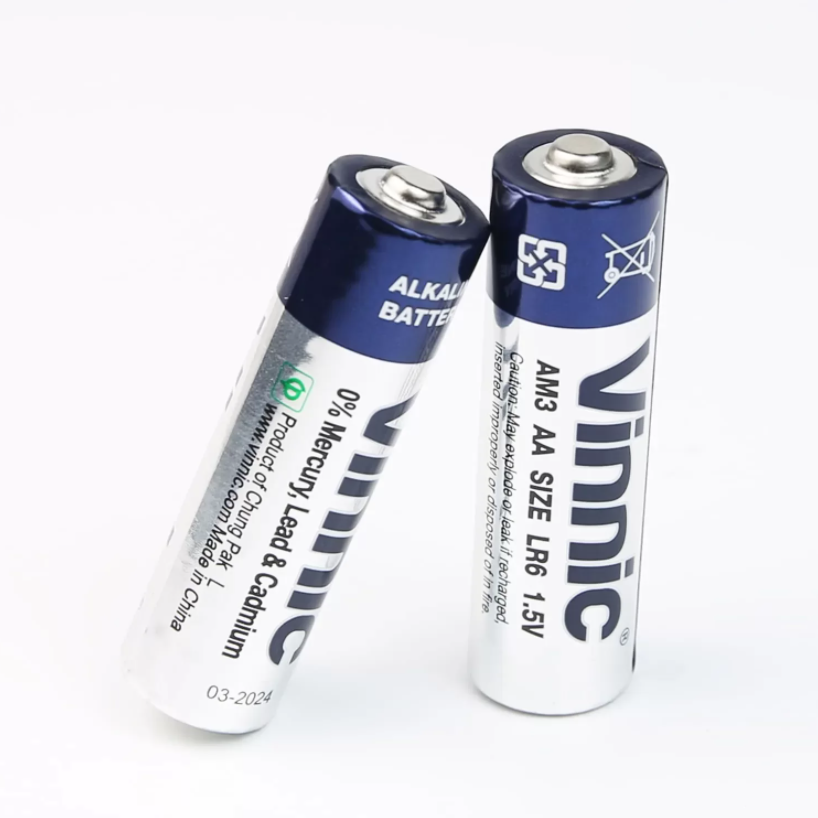This article introduces the harm of waste batteries to human health. In the treatment of waste batteries, recycling is one aspect, and there is also the need to eliminate this pollution from the source. With the improvement of people's awareness level and the establishment of a perfect and effective recycling network and system, the pollution problem caused by waste batteries will be gradually solved.
Pollution and Harm of Used Batteries
In real life, the pollution of used batteries has become a very serious problem, the ordinary dry batteries we use every day. They all contain various metal substances such as mercury, manganese, cadmium, lead, zinc, and nickel. After the waste battery is abandoned, the outer casing of the battery will slowly corrode, and the heavy metal substances in it will gradually seep into the water body and soil, causing pollution. If people eat crops produced on contaminated land or drink contaminated water, these toxic heavy metals will enter the human body and slowly deposit, posing a great threat to human health! According to the measurement, a AA battery rotted in the soil can make one square meter of land useless; a button battery can pollute 600,000 liters of water, which is equivalent to a person's lifetime drinking water. The pollution caused by used batteries is staggering. Only through purification, can pollution be eliminated. Heavy metal pollution threatens human health. If humans ignore the control of heavy metal pollution, they will eventually swallow the bitter fruit of their own brewing. Therefore, it is more important to strengthen the recycling of used batteries.

Disposal of used batteries
International disposal of used batteries. There are roughly three ways to treat waste batteries in the world: solidification and deep burial, storage in waste mines, and recycling.
1. Solidification and deep burial, stored in waste mines
Waste batteries are generally sent to special toxic and hazardous landfills, but this approach is not only too expensive but also wasteful, because there are still many useful substances that can be used as raw materials.
2. Recycle and re-use
(1) Atmospheric pressure heat treatment method
Atmospheric pressure metallurgy usually has two methods when dealing with used batteries: one is to heat the old batteries at low temperature, which can extract the volatilized mercury, and recover zinc and other heavy metals when the temperature is higher. The second is to roast the waste battery at high temperatures to volatilize the volatile metals and their oxides, and the residue can be used as a metallurgical intermediate product or treated separately.
(2) Vacuum heat treatment method
The vacuum heat treatment method needs to sort out the nickel-cadmium batteries from the waste batteries. The waste batteries are heated in a vacuum, and the mercury evaporates quickly, which can be recovered. Then the remaining raw materials are ground, and the metal iron is extracted with a magnet. Extraction of nickel and manganese.
(3) Wet treatment method
The wet treatment technology of waste batteries is based on the principle that metals and their compounds in batteries dissolve in acid. Except for lead batteries, all kinds of batteries are dissolved in sulfuric acid, and then various metals are extracted from the solution with the help of ionic resin. The obtained raw material is purer than the heat treatment method.
The recycling of used batteries is a major event that benefits the country and the people. Establish a sound and effective recycling network and system, strengthen publicity and guidance, and scientifically understand the impact of waste batteries on the environment. Encourage citizens to actively participate in recycling waste batteries. While dealing with waste batteries, it is also necessary to make efforts from the source, requiring manufacturers to gradually reduce the mercury content in batteries, eventually ban the addition of mercury to batteries, and phase out cadmium-containing batteries.
